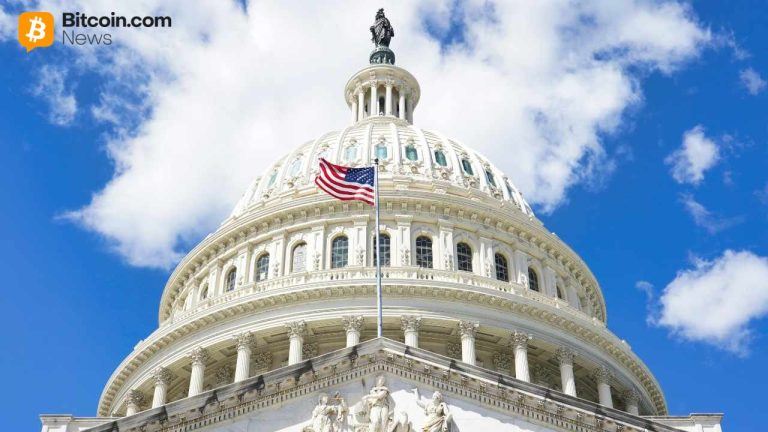Mass transit gets better Moody’s outlook as it adapts to a new normal
3 min read

The nation’s public transit providers scored a revised Moody’s Ratings’ sector outlook to stable from negative Tuesday as operators adjust to post-pandemic norms and scramble to line up new funding sources.
By March 2024, public transit ridership in the U.S. had rebounded to 79% of pre-pandemic levels, surpassing office occupancy rates and suggesting transit agencies are having success in attracting non-commuter riders, wrote Moody’s analyst Sunny Zhu and her five co-authors.
New funding, which includes money from state coffers and dedicated taxes, are expected to fill an estimated $8 billion operations funding gap in the sector by 2026, offsetting permanent losses in system-generated revenue post-pandemic, they wrote.
Metropolitan Transportation Authority
State and local governments’ efforts to aid transit providers started before the pandemic, but have accelerated in the past year and are “expected to continue given the essential role transit serves in bolstering economic vitality while also promoting social cohesion and environmental sustainability,” Moody’s wrote.
Some of the new funding sources are still in the works, however.
“As mentioned in the piece, a few funding enhancements have been approved. A few are still in proposal stages, which we project will more than likely be passed in some form (even if it may take time to negotiate),” Zhu said.
The District of Columbia, Maryland and Virginia have committed additional funding to help close a budget gap for Washington Metropolitan Area Transit Authority.
Colorado just established new fees on oil and gas production with planned allocations to transit agencies around the state, including the Denver area’s Regional Transportation District.
In Minnesota, a 0.75% sales tax was enacted in the Twin Cities metropolitan area, primarily to fund Metropolitan Council’s transit operations and capital needs.
The Massachusetts Bay Transportation Authority will receive two-thirds of the funding from a new millionaire’s tax expected to bring in $300 million annually.
And the Metropolitan Transportation Authority in New York received a $1.1 billion increase in the payroll mobility tax from lawmakers helping the authority to become less fare-dependent.
But the picture isn’t rosy everywhere.
“Several large transit agencies with sizable farebox reliance pre-pandemic will likely also need additional government support or tax subsidies,” Zhu said.
Moody’s identified eight transit providers as being more fare-dependent pre-pandemic: New Jersey Transit, the New York MTA, The D.C.-area WMATA, Boston’s MBTA, the Chicago Transit Authority , the Southeastern Pennsylvania Transit Authority, the San Francisco Bay Area Rapid Transit District and the Bay Area’s Caltrain commuter rail line.
In the San Francisco Bay area, transit providers
“While SB 1031 has been put on hold for the current legislative session, there is still opportunity for either a Bay Area-wide or a BART-specific ballot measure in November 2026,” said Moody’s analyst Maddie Atkins. “Our expectation is that one or the other will occur to provide the district with additional revenue going forward.”
Several other states have also proposed taxes or are contemplating additional state funding to alleviate the pressure for the more fare-dependent transit providers and ridership losses.
In New Jersey, a 2.5% tax surcharge on companies with net profit over $10 million is being considered for New Jersey Transit. In Pennsylvania, a proposal would divert $1.5 billion of state sales tax revenue for five years to transit providers such as SEPTA to avert service cuts. Illinois lawmakers







